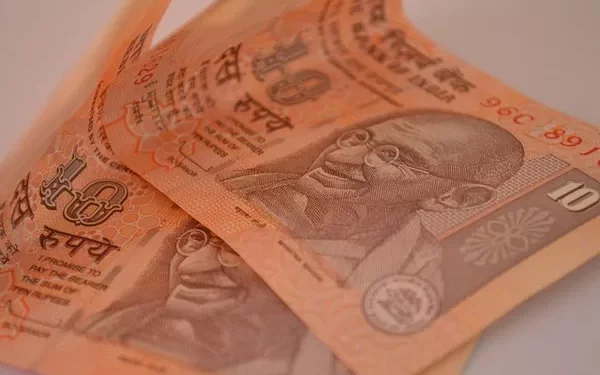In the realm of global finance, the exchange rate between currencies plays a pivotal role in shaping international trade and investment. Among the myriad of currency pairs, the Australian Dollar (AUD) to Indian Rupee (INR) exchange rate has garnered attention for its fluctuations and impact on economic activities. In this article, we delve into the factors influencing the Aussie Dollar to Rupee exchange rate and analyze the implications for businesses and individuals engaged in cross-border transactions.
Understanding the Basics:
Before delving into the dynamics of the exchange rate, it’s essential to grasp the fundamentals. The exchange rate is the value of one currency in terms of another, and it is influenced by a multitude of factors, both domestic and international.
Economic Indicators and Monetary Policy:
GDP Growth and Economic Health
The economic performance of both Australia and India significantly influences their respective currencies. Factors such as Gross Domestic Product (GDP) growth rates, employment figures, and overall economic health play a crucial role in determining the strength or weakness of the Aussie Dollar and the Indian Rupee.
Monetary Policy and Interest Rates
Central banks in both countries, the Reserve Bank of Australia (RBA) and the Reserve Bank of India (RBI), set monetary policies that impact interest rates. Changes in interest rates can attract or repel foreign capital, influencing the exchange rate. Investors often seek higher interest rates, making currencies with higher yields more attractive.
Trade Balances and Current Account Deficits:
Trade Balance Impact
Australia and India engage in extensive international trade, and the balance of trade has a direct impact on their currencies. Trade surpluses or deficits can lead to currency appreciation or depreciation. Understanding the trade dynamics between the two nations is crucial for predicting exchange rate movements.
Current Account Deficits
A current account deficit occurs when a country imports more goods and services than it exports. Persistent deficits can put downward pressure on a currency. Analyzing the current account positions of Australia and India provides insights into potential exchange rate movements.
Commodity Prices and Exports:
Commodity Dependency
Australia is a major exporter of commodities such as iron ore and natural gas, while India relies on imports to meet its energy needs. Fluctuations in commodity prices can significantly impact the Aussie Dollar to Rupee exchange rate. A closer look at the commodities market is crucial for understanding currency movements.
Political Stability and Geopolitical Factors:
Political Landscape
Political stability is a cornerstone of a robust currency. Investors tend to favor currencies of politically stable nations. A stable political environment in both Australia and India can positively influence the exchange rate.
Geopolitical Developments
Geopolitical events, such as trade tensions or diplomatic relations, can create uncertainty in the financial markets. Understanding the geopolitical landscape is essential for anticipating potential shifts in the AUD to INR exchange rate.
Global Economic Conditions:
Global Economic Trends
The global economic environment has a ripple effect on currency values. Economic conditions in major economies, such as the United States, China, and the Eurozone, can influence investor sentiment and impact the Aussie Dollar to Rupee exchange rate.
Market Sentiment and Speculation:
Investor Sentiment
Market sentiment and speculative activities can cause short-term fluctuations in exchange rates. Traders’ perceptions of economic data and geopolitical events can lead to sudden currency movements. Analyzing market sentiment is crucial for short-term predictions.
Carry Trade Dynamics
The carry trade involves borrowing in a low-interest-rate currency to invest in a higher-yielding currency. Understanding carry trade dynamics provides insights into the demand for the Aussie Dollar relative to the Indian Rupee.
Conclusion:
In conclusion, navigating the dynamics of the Australian Dollar to Indian Rupee exchange rate requires a comprehensive understanding of economic indicators, trade balances, geopolitical factors, and global economic conditions. Businesses and individuals engaged in cross-border transactions must stay vigilant and adapt to the ever-changing landscape of the foreign exchange market. By considering the factors outlined in this article, stakeholders can make informed decisions to mitigate risks and capitalize on opportunities in the dynamic world of currency exchange.
Related Topics:
GBP to INR Exchange Rate: Factors Driving Fluctuations
Understanding the GBP to Rupee Currency Conversion
India, Russia suspend talks on Indian rupee settlement

























